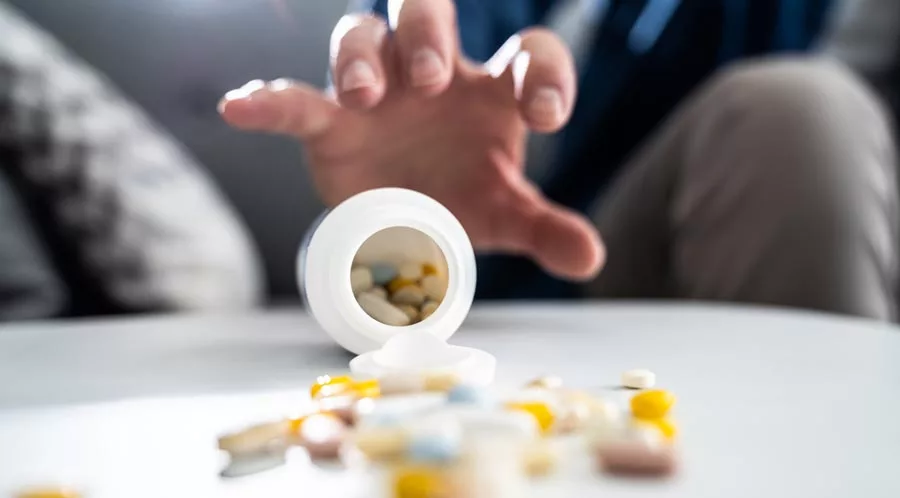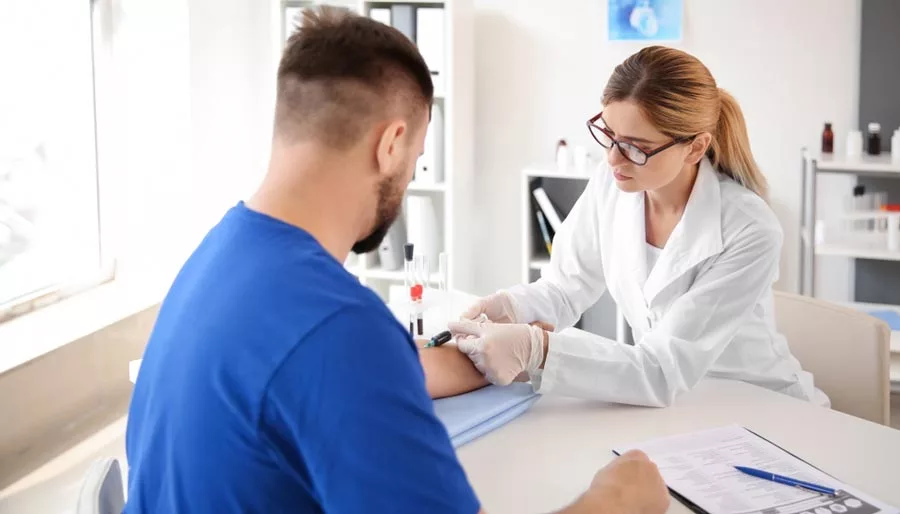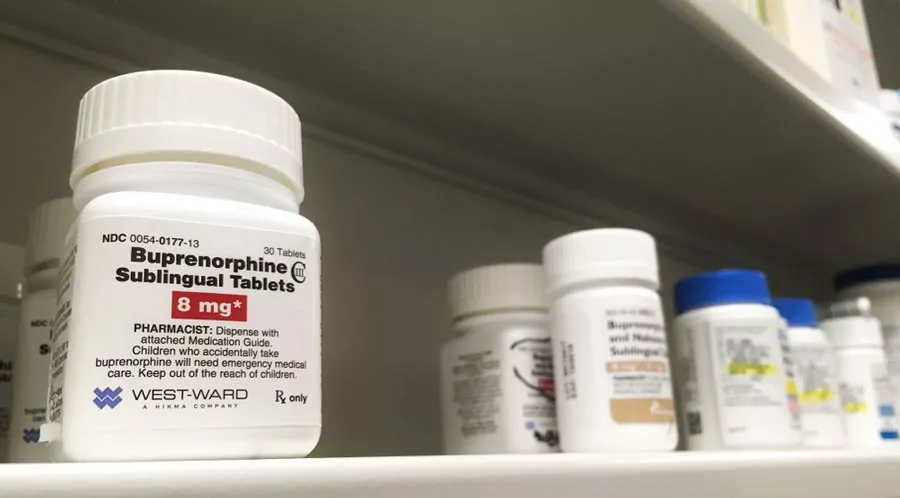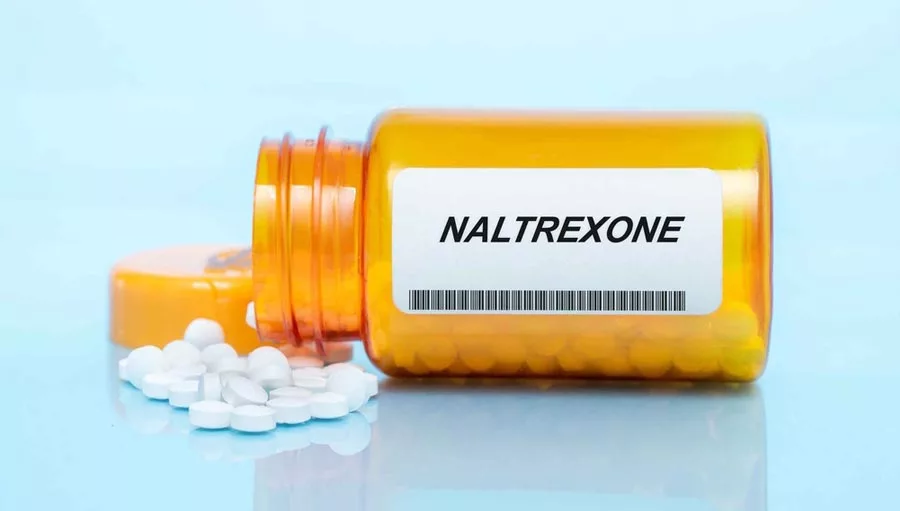Get Support Options for Opiate Recovery at South Shores
In the world of addiction, overcoming dependence can sometimes require near-dependence on another substance. This is the case for many methadone users, who have found themselves dependent on an opioid with profound withdrawal effects.
However, with the proper methadone alternatives offered at South Shores Detox and Recovery, many users are able to make a full recovery without swapping one addiction for another.
For years, methadone has been the gold standard in the treatment of opioid addiction, providing relief for opioid withdrawal symptoms through the interaction with opioid receptors in the brain. This is one form of what is known as medication-assisted treatment.
However, over the last decade, methadone treatment, while still effective, has been joined by other medications that help in the same manner. In this article, we’ll take a look at the most efficient methadone alternatives offered at South Shores to help combat opioid dependence and don’t require a daily trip to the methadone clinic.
The History of Methadone for Opioid Addiction
Opioid addiction treatment began in the ’60s and ’70s with the acceptance of methadone clinics and dispensing at the Federal level. These clinics were reserved specifically for users battling opioid addiction and avoid the most intense withdrawal symptoms.
Methadone is an opioid agonist, meaning it acts in the brain, crossing the blood/brain barrier in the same way as opioids. This is what makes it such a powerful solution for opioid addiction treatment.
Despite the strength of methadone, it has a much lower affinity for abuse because it doesn’t lead to the same feelings of euphoria as heroin and other opioids. Its purpose is to stave off the withdrawal symptoms while the user has an opportunity to live life without chasing a habit on a daily basis or existing just to avoid being sick.
The Clinic Model for Dispensing Methadone
For many decades, this treatment has involved clients enrolling at a methadone clinic where they’re given an initial assessment. A doctor determines what strength to begin their dose, which is usually somewhere between 20 and 30 MG. From that point, the client will attend the clinic every day to receive their dose and are allowed to increase the dose until they hit a stabilization point, in which case they refrain from increasing.
The idea is to keep them at this dose so they’re able to function normally while receiving treatment from a counselor, which is also made available at the clinic and is a requirement. After a certain period, the client should discuss decreasing their dose with their counselor and refrain from use altogether.
This form of medication-assisted treatment has been fairly successful at battling opioid dependence, as many former addicts have turned their lives around as a result of methadone treatment. However, the program isn’t without its drawbacks.
The Negative Impact of Methadone for Opioid Addiction Treatment
Despite the success of methadone treatment, the drug does lead to some potentially life-changing results for the user. First, making a commitment to visit a clinic on a daily basis is highly intrusive in the life of the average individual. Second, methadone has its own set of unique side effects, including fatigue and potential liver damage.
Third, when a user decides to refrain from this opioid agonist, they’re faced with an extended tapering period that could take up to a year. In some cases, users fall victim to the daily routine of dosing and increase their daily intake to a level so high that it impacts their motor function and energy levels.
A Lengthy Taper is Often Required to Stop Using Methadone
At this point, what originally was an effort to combat withdrawal symptoms and treat opioid addiction, has turned into a 100MG per day habit that will require an extensive effort to overcome. This is the reality for many methadone clinic clients.
Those who attend the clinic are also faced with other opioids being sold in the parking lot, or being exposed to those who attend the clinic for no other reason but to remain free from withdrawal between bouts of heroin abuse.
Compliance Issues with Methadone and LAAM
Because most methadone clinics are privately owned, little effort is put forth to enforce urine screenings or ensure that clients are actually remaining drug-free. The consequences of failing a drug test in most clinics entail losing the privilege of earning “take-home” doses.
While clinics are monitored closely and audited for medication levels and orders – there’s really no enforcement arm for the client side of things.
There are alternative medications that help trigger the same opioid receptors as methadone, leading to the same result – a decrease in withdrawal symptoms.
Methadone Alternatives
There are several alternatives to methadone that help relieve withdrawal symptoms and take the same action on opioid receptors but with fewer negative side effects attached.
Buprenorphine
Buprenorphine, a partial opioid agonist, as opposed to a full agonist like methadone, plays on the same receptors but leads to a less intense effect, making it one of the more suitable alternatives to methadone.
When used in the treatment of substance abuse, this methadone alternative binds tightly to the receptors in the brain, leaving little room for another opioid drug to attach to them in a complete manner. This is why when users ingest methadone and attempt to use heroin, they don’t experience the euphoric effects of the drug.
This mechanism leads to a reduction in cravings, making it even more of a viable solution for substance abuse.
Negative Impact of Buprenorphine
However, like other prescription medications, buprenorphine doesn’t come without its own set of pitfalls. It’s important to be aware of any potential negative consequences before attempting a new regimen of any substance. Consider the following:
- There is still a potential for abuse
- Initiating the drug into the system can be a challenge – especially with heavy users of fentanyl. The body will reject it if the receptors have a heavy opioid load. Sometimes it requires an abstinence period of up to a week before a client can tolerate even a small amount of buprenorphine.
- Compliance is also an important matter, as regulations require clients who receive buprenorphine to attend some form of counseling for substance abuse.
Positive Impact of Buprenorphine
The positive characteristics of buprenorphine include:
- A lower risk of opioid overdose
- There is a ceiling effect that prevents a client from feeling the euphoric effects after a certain point – the same applies to respiratory depression as well.
- Normal healthcare providers can prescribe it without the need to attend a clinic each day.
Naltrexone
Naltrexone is another alternative to methadone. This drug is completely different than the previous two, as its method of action is an opioid antagonist, rather than an agonist. It does not bind to the opioid receptors or activate them, but instead blocks their ability to become activated by drugs like heroin. It is an active ingredient in the drug Narcan – used to reverse overdose symptoms.
Relapse prevention has been increased through the use of naltrexone in many cases. Because it eliminates the strong effects of opioids, users don’t feel a high, and eventually lose their taste for the drug. Or at least – that’s the idea. And in many cases, it seems to be working.
Naltrexone is available as an oral medication or an extended-release injectable that’s implanted under the skin.
Because naltrexone isn’t an agonist, there’s virtually no risk of misuse or addiction. However, it can’t be used in the same way as the previous two options. Its impact is dependent on the willpower of the client who must take it regularly, and go through the most difficult part of withdrawal and detox before it can be applied effectively.
Avoiding the Potential for Abuse with Alternatives to Methadone
Buprenorphine and naltrexone are both available in extended-release injectable pellets that are implanted under the skin. These are administered once per month and allow for the sustained elimination of cravings and opioid withdrawal.
This accomplishes two important goals: It eliminates the potential for abuse in the case of buprenorphine and doesn’t require the client to remain willing to partake in a daily regimen of ingestion.
This is an effective alternative to the limitations caused by attending a methadone clinic on a daily basis. Users with busy lives who work full time have a difficult time remaining compliant at a methadone clinic, and this frees them from the shackles of such a large commitment.
Tapered Medications and Support for Opioid Withdrawal Symptoms
The continued use of these medications seems promising, especially in the case of the monthly injectables. However, only time will tell what the results are over the long haul, as fentanyl continues to be a deadly burden on society that is showing no signs of letting up.
The good news is, as we speak scientists are working on additional formulations that surpass the benefits of injectable naloxone and buprenorphine. As more advances are made, hopefully, we will finally begin to see a dip in the huge spikes of overdose deaths caused by fentanyl abuse and other deadly opioids.
Keep in mind – no medication regimen is effective without proper counseling. Awareness and education are a huge part of recovery.
Get Alternatives to Methadone at South Shores Detox
At South Shores Detox and Recovery, we provide clients with an introduction to buprenorphine and naloxone. We believe with the controlled and short-term use of these types of medications, combined with the right treatment program, those fighting for recovery increase their chances exponentially of returning to a normal life.
For more information on how we can help you overcome your challenges with substance abuse, without methadone, contact South Shores today!





